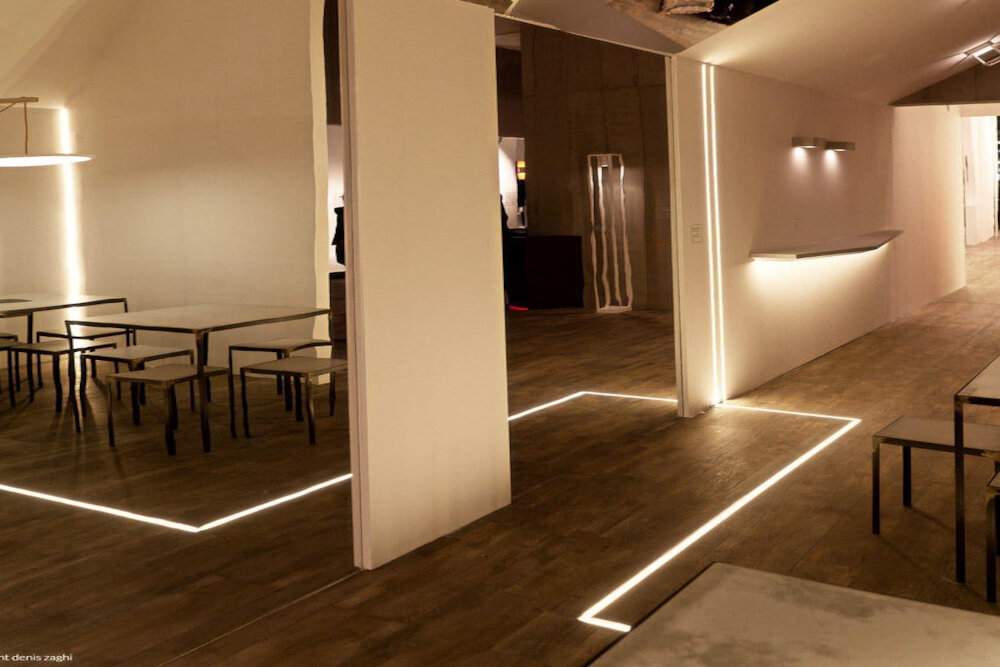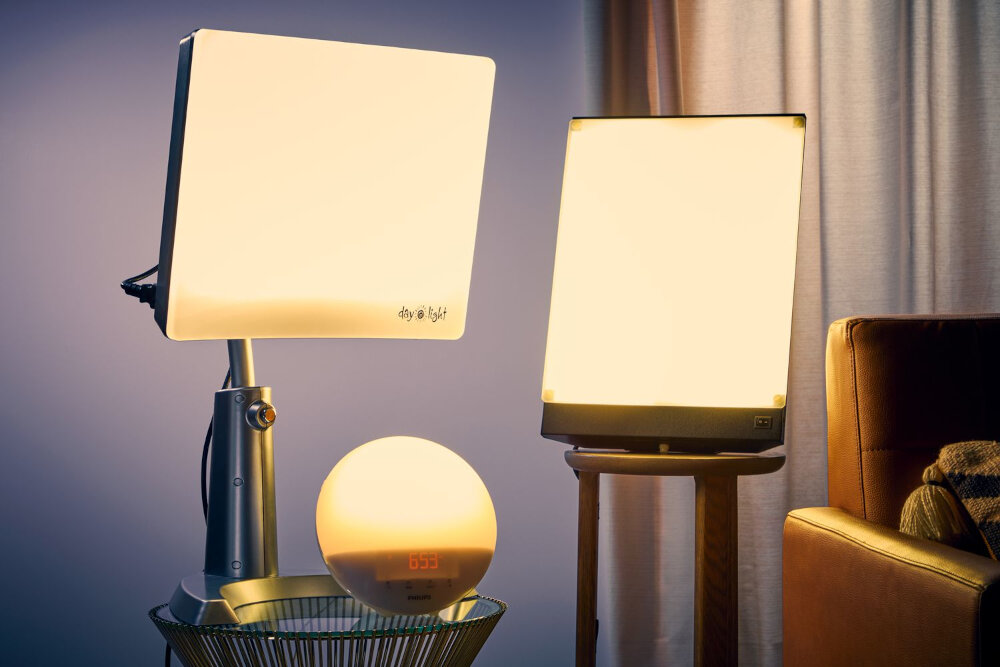Why LED Light Bulb Flickering Happens and How to Fix It: A Comprehensive Guide

LED light bulbs have become an increasingly popular choice for homeowners and businesses alike due to their energy efficiency and long lifespan. However, one common issue that many people encounter with LED bulbs is flickering. Flickering can be annoying, distracting, and even harmful to those with certain medical conditions. In this comprehensive guide, we will explore why LED light bulb flickering happens and provide practical solutions to fix it. There are several reasons why LED light bulbs may flicker. Some of the most common causes include voltage fluctuations, incompatible dimmer switches, and incompatible fixtures. Additionally, LED bulbs may flicker due to issues with the bulb itself, such as a loose connection or a faulty driver. Understanding the root cause of the flickering is crucial to finding the right solution. With this guide, you will be equipped with the knowledge and tools necessary to troubleshoot and fix LED light bulb flickering, ensuring that your home or business is well-lit and free from distracting flickers.
LED light bulbs are a type of energy-efficient lighting that has gained popularity in recent years. Unlike traditional incandescent bulbs, which use a filament to produce light, LED bulbs use a semiconductor to convert electricity into light. This results in a more efficient use of energy, as less heat is generated during the process. LED bulbs also have a longer lifespan, lasting up to 25,000 hours compared to the 1,000 hours of a traditional bulb. Additionally, LED bulbs are more environmentally friendly, as they do not contain hazardous materials like mercury. Despite these advantages, LED bulbs may still experience flickering, which can be caused by a variety of factors.
LED light bulb flickering is a common problem that can significantly affect the quality of lighting. When LED bulbs flicker, it can cause eye strain, headaches, and mood changes. This can be especially problematic in workplaces or homes where people spend long periods of time under these flickering lights. Additionally, flickering can also cause issues with sensitive equipment, such as cameras or computers, which can be disrupted by the fluctuating light levels. Flickering can be caused by a range of issues, including poor wiring, faulty bulbs, or incompatible dimmer switches. It is essential to address the problem promptly to ensure the quality and safety of your lighting.
Understanding the Causes of LED Light Bulb Flickering

LED light bulbs are becoming increasingly popular due to their energy efficiency and long lifespan. However, one of the most common issues that people face with LED light bulbs is flickering. Flickering can be described as the rapid and repeated on-off cycling of the LED light bulb. This can be incredibly annoying and may even cause headaches or eye strain. There are several potential causes of LED light bulb flickering, including issues with the LED driver, incompatible dimmer switches, and even problems with the wiring in your home. It is important to understand the causes of LED light bulb flickering so that you can take the necessary steps to fix it. One of the most common causes of LED light bulb flickering is issues with the LED driver. The LED driver is responsible for regulating the power supply to the LED light bulb. If there is an issue with the driver, this can cause the LED light bulb to flicker. In some cases, the driver may not be compatible with the LED light bulb, which can also cause flickering. Another potential cause of LED light bulb flickering is incompatible dimmer switches. LED light bulbs require specific types of dimmer switches, and if the switch is not compatible, this can cause flickering. Additionally, problems with the wiring in your home can also cause LED light bulb flickering. If the wiring is not properly installed, this can cause fluctuations in the electrical current, which can cause the LED light bulb to flicker.
Voltage fluctuations and electrical interference are common causes of LED light bulb flickering. Voltage fluctuations occur when there is a sudden change in the voltage level of the electrical supply, which can be caused by various factors such as power surges, lightning strikes, or faulty wiring. Electrical interference, on the other hand, is caused by radio frequency interference (RFI) or electromagnetic interference (EMI) that can be caused by nearby electronic devices or power lines. These factors can cause LED light bulbs to flicker, dim, or even turn off completely. To fix this issue, it is important to identify and eliminate the source of the voltage fluctuations or interference, replace any faulty wiring or components, and install voltage stabilizers or surge protectors to regulate the electrical supply.
Incompatible dimmer switches are a common issue that can cause LED light bulb flickering. Unlike traditional incandescent bulbs, LED bulbs require a specific type of dimmer switch that is compatible with their electronic drivers. Using an incompatible dimmer switch can result in flickering, buzzing, or even complete failure of the bulb. It’s important to check the packaging or consult with an electrician to ensure that the dimmer switch is compatible with LED bulbs. Upgrading to a compatible dimmer switch can not only solve the flickering issue but also increase the lifespan and energy efficiency of LED bulbs.
Loose or faulty connections are one of the most common reasons for LED light bulb flickering. When the connection between the bulb and fixture is not secure, it can cause intermittent power interruptions that result in flickering. This issue can be caused by a variety of factors, including loose wiring, corroded contacts, or a damaged socket. To fix this problem, start by checking the connections between the bulb and fixture and ensuring that they are secure. If the connections are loose or corroded, clean them with a wire brush and tighten them with pliers. If the socket is damaged, it may need to be replaced. By addressing loose or faulty connections, you can eliminate flickering and enjoy consistent, reliable lighting.
Overheating is a common issue with LED light bulbs that can cause flickering or even failure. Thermal management is therefore a crucial aspect of LED bulb design and operation. To prevent overheating, LED bulbs are typically designed with heat sinks and other cooling mechanisms to dissipate heat. Additionally, it’s important to choose bulbs with appropriate wattage and to avoid using them in enclosed fixtures, as this can trap heat and lead to flickering or failure. Proper thermal management not only prevents flickering but also ensures the longevity and efficiency of LED bulbs.
Troubleshooting LED Light Bulb Flickering

Flickering LED light bulbs can be a frustrating problem for many homeowners. This issue is often caused by a variety of factors, including poor quality bulbs or incompatible dimmer switches. One of the most common causes of flickering LED light bulbs is voltage fluctuation. When the voltage supplied to an LED bulb is not constant, it can cause the bulb to flicker or even fail prematurely. If you are experiencing flickering LED light bulbs, there are a few troubleshooting steps you can take to identify and fix the problem. First, check to ensure that your LED bulbs are compatible with your dimmer switch. Some LED bulbs are not designed to work with certain types of dimmer switches, which can cause flickering or other performance issues. If you have an older dimmer switch, consider upgrading to a newer model that is specifically designed for use with LED bulbs. You can also try replacing your LED bulbs with higher quality, more reliable models. Look for bulbs that are designed to withstand voltage fluctuations and other common causes of flickering, such as overheating or poor connections. With a little patience and troubleshooting, you can enjoy the benefits of LED lighting without the frustration of flickering bulbs.
Testing voltage levels is a crucial step in identifying the electrical interference sources that cause LED light bulb flickering. Voltage fluctuations and irregularities can lead to an unstable power supply and subsequently cause the flickering. Thus, it is important to use a digital multimeter to measure the voltage levels and check for any inconsistencies. Additionally, identifying the electrical interference sources such as dimmer switches, faulty wiring, or incompatible bulbs is equally important to solve the issue of flickering bulbs. By addressing these sources, one can ensure a stable power supply and a seamless lighting experience.
If you’re experiencing flickering with your LED light bulbs, it could be due to incompatible dimmer switches. Older dimmer switches may not be compatible with LED bulbs, which can cause flickering or even damage to the bulb. To fix this issue, you should replace your dimmer switch with one that is specifically designed for LED bulbs. These switches are often labeled as \LED-compatible\ or \dimmable LED.\ When choosing a new dimmer switch, be sure to check the maximum wattage it can handle to ensure it is suitable for your bulbs. By replacing your incompatible dimmer switch, you can enjoy a stable and flicker-free lighting experience with your LED bulbs.
One of the most common causes of LED light bulb flickering is loose connections. Checking and tightening connections is an essential step in troubleshooting flickering LED lights. Loose connections can cause a high resistance in the circuit, which can lead to voltage drops and flickering in LED bulbs. It is important to ensure that all connections are secure and tight. This can be done by turning off the power to the fixture, removing the bulb, and checking the connections for any signs of looseness or corrosion. Tightening loose connections can help to stabilize the circuit and eliminate flickering, ensuring that your LED lights shine brightly and consistently.
Installing heat sinks and ventilation can be an effective solution to prevent LED light bulb flickering caused by overheating. Heat sinks are designed to absorb and dissipate heat generated by the LED components, while ventilation allows for the circulation of air to cool down the bulb. This combination helps maintain a stable temperature within the bulb, preventing any flickering or flashing that may occur when it becomes too hot. It is important to ensure that the heat sink and ventilation system are compatible with the bulb and properly installed to maximize their effectiveness. By implementing these measures, LED light bulbs can operate smoothly and consistently, providing long-lasting and energy-efficient lighting solutions.
Preventing LED Light Bulb Flickering

LED light bulb flickering can be an annoying and frustrating problem for many people, especially those who have recently switched over from traditional incandescent bulbs. One of the main causes of LED flickering is voltage fluctuations in the electrical system. This can be caused by a variety of factors, including voltage spikes or drops, loose wiring, or even faulty electrical components. To prevent LED flickering, it is important to ensure that your electrical system is properly grounded and that all wiring is secure and free from damage. Additionally, installing a voltage regulator or surge protector can help to stabilize the electrical system and prevent voltage fluctuations from affecting your LED bulbs. Another common cause of LED flickering is the use of incompatible dimmer switches. While many modern LED bulbs are designed to be compatible with standard dimmer switches, some older switches may not work properly with LED technology. To prevent flickering, it is important to use a dimmer switch that is specifically designed for use with LED bulbs. Additionally, it may be necessary to adjust the dimming range or sensitivity of the switch to ensure that it functions properly with your LED bulbs. By taking these steps, you can help to prevent LED light bulb flickering and enjoy the benefits of energy-efficient lighting technology.
Using high-quality bulbs and fixtures is essential to avoiding LED light bulb flickering. Not all bulbs and fixtures are created equal, and choosing low-quality products can lead to frustrating flickering issues. High-quality bulbs are designed with advanced technology that helps to regulate the flow of electricity and ensures that the light output is consistent and stable. Additionally, high-quality fixtures are designed with proper insulation and grounding, which can help to prevent electrical interference and reduce flickering. Investing in quality bulbs and fixtures can save you the headache of dealing with flickering lights and ensure that your space is well-lit and comfortable.
When it comes to fixing LED light bulb flickering, choosing compatible dimmer switches is crucial. LED bulbs require specific types of dimmer switches that are designed to work with their unique electronic components. If you use the wrong dimmer switch, it can cause the LED bulbs to flicker or not function at all. The most compatible dimmer switches for LED bulbs are those that are labeled as \LED-compatible\ or \dimmable LED.\ These switches are designed to provide a consistent flow of electricity to the LED bulbs, which helps to prevent flickering and ensure a smooth dimming experience. Additionally, it’s essential to ensure that the dimmer switch is rated for the correct wattage of the LED bulbs you are using, as using a switch with too high or too low of a wattage rating can also cause flickering.
Proper installation and maintenance of electrical systems is crucial to ensure that the LED light bulbs function efficiently and without any flickering issues. The first step towards achieving this is to hire a licensed electrician who has the necessary expertise and experience in installing these systems. The electrician must follow the manufacturer’s guidelines and ensure that the wiring, switches, and other components are installed correctly. Regular maintenance of the system is equally important, and this involves checking for any loose connections, damaged wires, and other issues that may cause flickering. It is also essential to replace any damaged components promptly and ensure that the system is up to code. By taking these steps, homeowners can enjoy the benefits of LED lighting, including energy efficiency, cost savings, and better lighting quality, without any annoying flickering issues.
LED light bulb flickering is a common issue that occurs due to a variety of reasons. Some of the primary causes include voltage fluctuation, incompatible dimmer switches, loose wiring, or a faulty bulb. Troubleshooting methods such as checking the wiring connections or replacing the bulb can help resolve the issue. Additionally, prevention methods such as using a compatible dimmer switch and ensuring a stable power supply can prevent flickering from occurring in the first place. Understanding the causes, troubleshooting techniques, and prevention methods of LED light bulb flickering can help users enjoy consistent lighting without any disruptions.
Flickering of LED light bulbs can be a common issue that can cause discomfort, headaches, and even epileptic seizures in some people. However, beyond the health implications, addressing flickering is crucial for optimal lighting performance and energy efficiency. Flickering can reduce the lifespan of LED bulbs, causing them to fail prematurely and requiring replacement, which is costly and time-consuming. Furthermore, flickering can increase energy consumption, leading to higher electricity bills and a negative impact on the environment. Therefore, it is important to address flickering promptly to ensure that LED bulbs operate smoothly and efficiently, providing long-lasting, high-quality light while minimizing energy consumption and environmental impact.
Conclusion

In conclusion, LED light bulb flickering can be a frustrating issue that affects the overall ambiance and functionality of a space. However, with a comprehensive understanding of the various causes of flickering, and the different methods of fixing it, individuals can find the most effective solution for their specific situation. Whether it requires replacing the bulb, adjusting the dimmer switch, or addressing electrical issues, there are numerous options available to resolve this problem. By taking the time to identify the underlying cause and implementing the appropriate solution, individuals can enjoy the benefits of a stable and reliable lighting system that enhances their environment and supports their daily activities.




